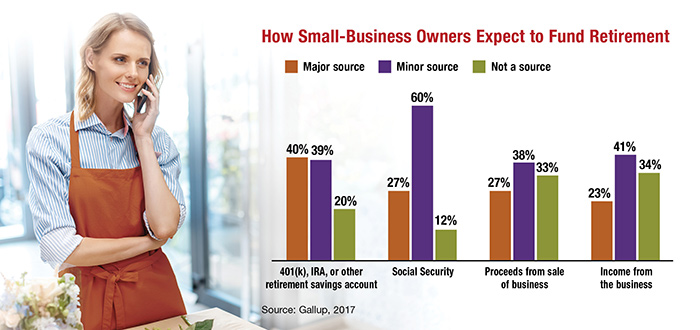Introducing the Driver Verification System
Presented by: Christopher F. Hawthorne, CPCU, CIC

A new tool has arrived to help business owners in reducing their Commercial Auto exposure risk. A basic for any driver is to have a valid license. Privacy laws and a very cumbersome Registry of Motor Vehicles inquiry system have been hurdles for business owners trying to carefully monitor their employees that drive as part of their job.
To help achieve the goal of having a safe driving workforce, the Massachusetts Registry of Motor Vehicles has introduced the Driver Verification System (DVS). The DVS allows a business to track changes to the license statuses of the business’s employees/drivers. Once a business has signed up for this no-cost program, the DVS will email the business owner a notification from the Mass DOT’s Registry of Motor Vehicles when there is a change in an employee’s license status such as the license being expired, suspended or revoked.
When an employee drives as part of their job, they may not inform the employer of a loss of license. The employer may learn of the lack of a valid license after a significant loss. The DVS puts the employer in the position of catching this situation immediately.
When notified, the business owner logs into their DVS account to view the driver/s that have a status change. The employer immediately is able to address the situation with the employee and take corrective action to protect the financial and reputational well-being of the business or organization.
Additionally, the DVS allows the business owner to then order driving records for any driver enrolled in the DVS program for the cost of $8 per Public record and $20 for a Personal record. (A public driving record excludes any not responsible, disqualified, and expired infractions or violations and also will exclude drug convictions (except for drug trafficking). A personal driving record is a complete history of the driver’s record including the excluded items above.)
The process for signing up for the DVS begins with:
- Writing a letter on your business letterhead stating your business need for using the DVS Program. This need can be stated as the business’s desire to have another risk management tool to make sure the business is operating in the safest manner for the public’s benefit.
- Submitting an “Agreement for Access to Records and Data Maintained by the Registry of Motor Vehicles”
- Submitting an “RMV Business Partner Contact Form”
- Submitting an “eServices Administrator Form”
Commercial Auto is a significant risk to all organizations that use either the organization’s autos or the employees’ personal vehicles. In either case, the employer will be named in a suit if there is bodily injury and/or property damage to others if the loss occurred in the scope of the employer’s business activity, be it a delivery or a sales call. With the advent of this tool, it would be understandable that the courts and juries will expect all employers to know their driving employees have a valid driver’s license. Therefore, implementing the DVS is recommended.
Other risk management tools available to an employer to reduce the chance of loss or limit the size of a loss are:
- Ordering a personal driving record for each driver annually.
- Implementing GPS tracking on company vehicles. Utilizing a GPS has been shown to reduce auto loss significantly as well as moon lighting and fuel savings.
- Distributing a company Driver Policy / Letter to all new employees and all employees annually. The policy will spell out the organization’s expectations for driving activity.
- Creating a file for each driver that contains an annual driving policy letter, a copy of the driver personal record, a copy of the employee’s personal auto coverage selection page, any Incident Reports, and any disciplinary actions taken to improve the driver’s attention to safe driving.
- Implementing an Accident Investigation Program to learn from each loss and to avoid repeating the loss in the future.
- Implementing Driver Training for all new employees as well as an annual update for all employees.
- Implementing a Vehicle Inspection Program where employees take the responsibility for periodically checking Tires, Wipers, Lights, etc. and documenting that they did so.
The auto loss exposure is prone both to frequency and severity. Time spent on the above risk management techniques can help reduce the odds of a loss or even the size of a loss. These efforts will pay dividends in low insurance premiums due to lower losses. For assistance with any of the above please contact us.
To begin the process of implementing a DVS, please go to: http://atlas.massrmv.com/DriverVerificationSystem.aspx.
Completed documentation and questions can be directed to Kristen.hagan@state.ma.us.





